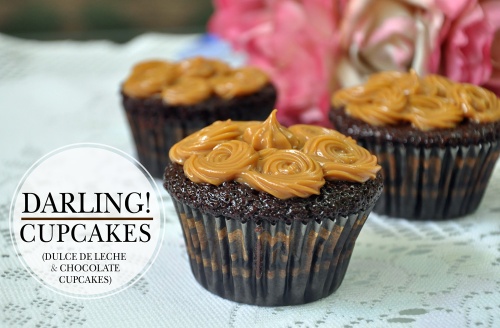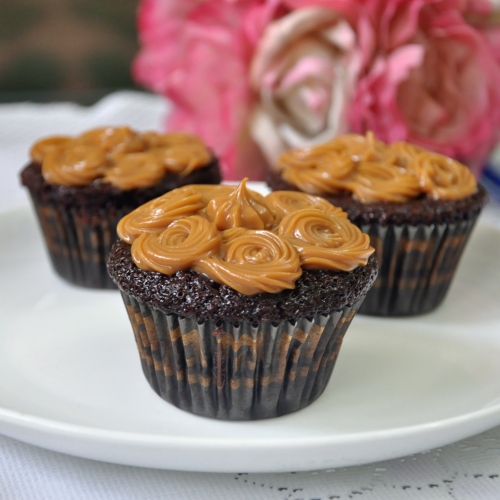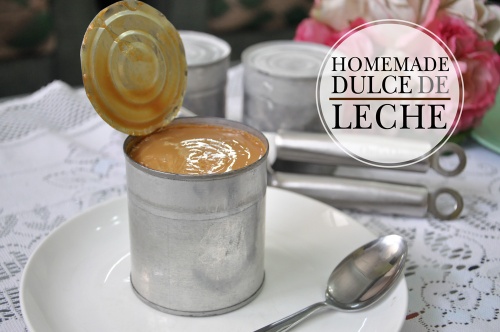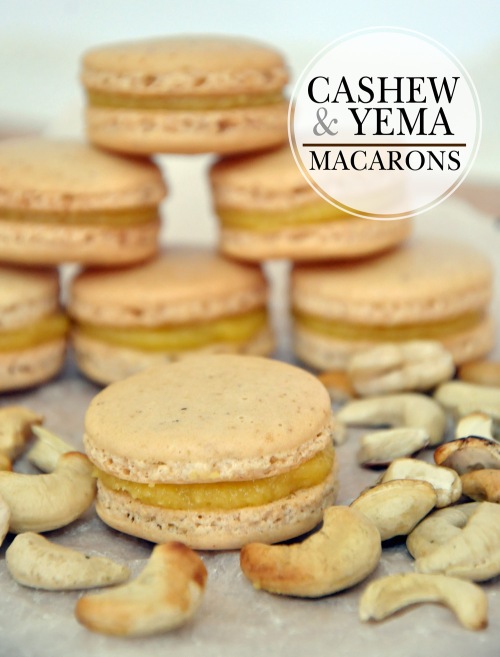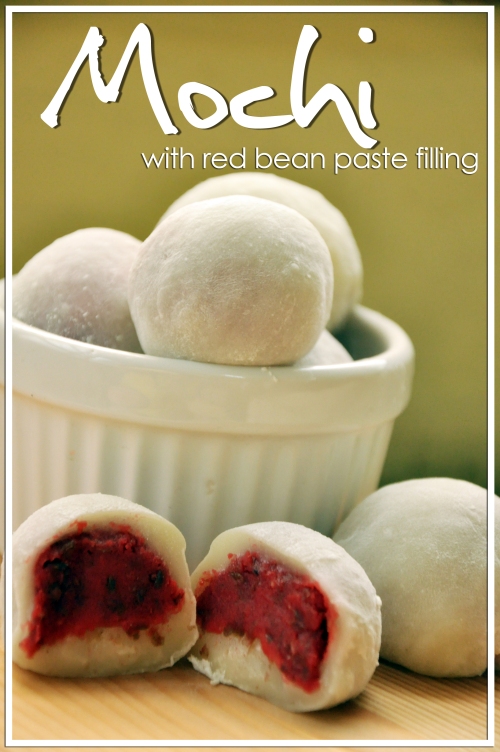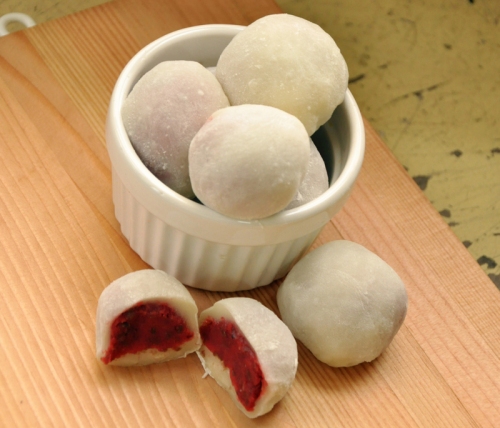A chocolate cupcake with a dulce de leche frosting, most people would assume it’d be called as such. Yet, why did I name it as so?
Well, let’s take a bit of a walk in my memory lane.
Back in high school, I used to buy this certain homemade candy called “yum-yum”, our local version of yema. This delectable candy was sold by a friendly lady who never fails to call any of her customer “Darling!” (yes, with an exclamation point; she had that much enthusiasm). And because of this, most students have come to known her as Darling. I was one of her avid customers (at P3 for 2 pieces, it was a steal!)
Now, you all know that I’ve perfected my chocolate cupcake recipe. The great thing about chocolate is that it mixes well with a variety of flavors so, I’ve begun to experiment in making it even, uhmmm… yum-yummier.
Back to my past, growing up, I’ve always adored my Ahma’s Chocolate Decadence cake. It’s a chocolate cake, frosted with chocolate fudge icing and topped with a caramel glaze.
Looking into my previous posts, I’ve always been a fan of bite-sized treats and my grandmother’s cake is no exception; I just had to make a smaller version of this.
With that in mind, I wanted to incorporate yum-yum into my cupcakes; yum-yum, as delicious as it is, is a hard candy. I can’t necessarily use it as frosting as it’d be difficult to bite into along with the cupcake (believe me, I’ve tried). After endless contemplation, I’ve realized that the yum-yum was actually inspired from a more well-known sweet treat, dulce de leche!
Dulce de leche and yum-yum are pretty much the same; they only vary in texture, with dulce de leche being the softer version. I’ve tried using real yum-yum for the cupcakes and it was disastrous! The frosting was tough and chewy, and would not pipe well. It was a mess! By using dulce de leche, you still get the wonderful flavor of yum-yum with just the right smoothness in a frosting.
Lo and behold, I give you one of the products from my small kitchen:
